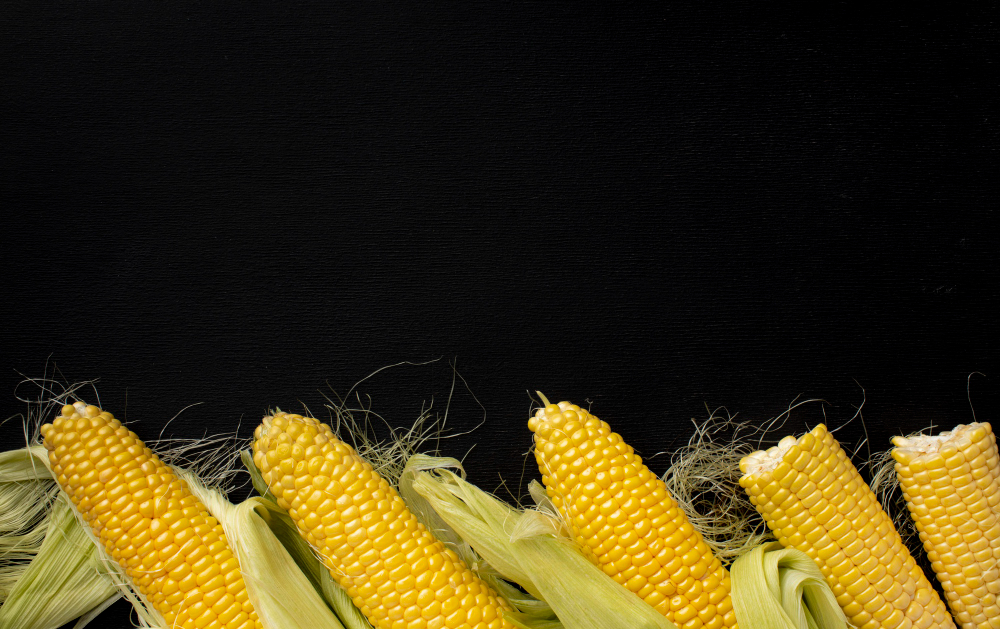Urinary symptoms can be managed with a variety of treatments, including exercises, behavioural therapies, and herbal medications.
What symptoms indicate an overactive bladder?
Typical OAB symptoms include:
being unable to contain your urine and having leaks when you need to urinate more frequently than normal (incontinence)
having to use the restroom multiple times during the night
These symptoms could start to interfere with your daily life. They may complicate travel arrangements, inadvertently interrupt work, or lower the quality of your sleep.
Numerous factors can contribute to OAB, such as weak pelvic muscles, medical diseases like Parkinson’s disease, and aging-related changes. On sometimes, the cause is not known. OAB is a highly prevalent and curable ailment.
According to the Harvard Health Blog, about 70% of women who employ behavioural therapy, exercises, and home remedies are happy with the outcomes.
Continue reading to learn how to lessen frequent trips to the restroom and strengthen an overactive bladder.
Herbal remedies for excessive bladder activity
Consult your physician before using any herbal supplements. They may have unexpected adverse effects and interact with any medications you are taking.
Chinese herbal mixtures
A combination of ten traditional Chinese herbs is called gosha-jinki-gan (GJG). Using this herbal blend, researchers have conducted numerous experiments and discovered that GJG restricts the bladder and greatly increases frequency during the dayTrusted Source.
Individuals who consumed 7.5 milligrammes of GJG daily also reported improved outcomes on the International Prostate Symptom Score (IPSS), a tool used to measure symptoms related to the prostate.
Hachimi-jio-gan (HE) is another name for herbal medicine in China. Eight natural chemicals make up HE; some of these are also present in GJG. According to early research, HE might have an impact on the contraction of the bladder’s muscles (Trusted Source).
GL, or Ganoderma lucidum
This East Asian extract, sometimes referred to as lingzhi mushroom, is used to treat a variety of illnesses, such as cancer, hypertension, and hepatitis. In a randomised trial, fifty males reported higher IPSS scores.
This researchFor males experiencing symptoms related to their lower urinary tract, Trusted Source suggests taking 6 milligrammes of GL extract.
Zea mays corn silk

The leftover substance from corn farming is called corn silk. This is a traditional remedy used in many countries, from China to France, for a variety of illnesses, including as bladder discomfort and bedwetting. The International Continence Society states that it might aid in the restoration and strengthening of the mucous membranes of the urinary system, hence preventing incontinence.
Chilli powder
The fleshy portion of Chile peppers, not the seeds, contains capsaicin. Treatment for pelvic pain syndrome, which is frequently a sign of OAB, is widespread. ResearchesAccording to Trusted Source, the maximum bladder capacity rose to 302 millilitres from 106 millilitres.
Adverse consequences
Consult your physician before attempting any alternative treatments for your OAB. They might have unanticipated negative effects. Ensure that the supplier of your herbs is reputable. Untrustworthy suppliers of herbs run the risk of contamination, and many lack a recommended dosage.
Many plants lack adequate research, human trials, or quality control procedures to demonstrate their efficacy.
I have an overactive bladder; what should I eat or drink?
seeds of pumpkins
Omega-3 fatty acids, which have anti-inflammatory qualities, are abundant in pumpkin seeds. According to one study (Trusted Source), pumpkin seed oil lessens OAB symptoms and enhances irregular urine function.
Soybean seed extract and pumpkin seeds both dramatically decreased incontinence, according to a different Japanese study. For the first two weeks, the participants took five tablets of this processed food twice a day; after that, they took three pills daily for the last five weeks.
Kohki tea
An extract from a subtropical plant in southern China is used to make kohki tea. In Japan, this sweet tea is available over-the-counter and has a high antioxidant content. It has also been demonstrated to protect the bladder.
In a study, it was discovered that in rabbits with partial bladder obstruction, kohki tea significantly improved bladder function and contractile responses.
Other drinks that are easy on the bladder are:
simple water
soy milk, which might not irritate skin as much as goat or cow milk
fruit juices with reduced acidity, like apple or pear barley water
diluted squash
teas without caffeine, such as fruit teas
Consuming food to ease constipation
Constipation can occasionally put additional strain on your bladder. Constipation can be avoided by increasing your fibre intake and exercising on a regular basis. Fruits, vegetables, whole-wheat breads, and legumes are foods high in dietary fibre.
To encourage bowel regularity, the Cleveland Clinic suggests consuming 2 teaspoons of a concoction of 1 cup applesauce, 1 cup unprocessed wheat bran, and 3/4 cup prune juice each morning.
What to avoid eating and drinking
Make sure you stay hydrated even if you might want to consume less liquid to reduce the frequency of your urination. Darker-colored, more concentrated pee might irritate your bladder and lead to more frequent urination.
The following other foods and beverages may exacerbate OAB symptoms:
alcohol
artificial sweeteners
chocolate
citrus-based foods
coffee, soda, and spicy meals
tea meals made with tomatoes
By removing certain meals and beverages from your diet, you can determine which ones irritate your bladder. Then, every two to three days, reintegrate them one at a time. Get rid of the specific food or beverage that makes your symptoms worse for good.
Additional irritants
If you avoid drinking two to three hours before going to bed, you can cut down on how often you get out of bed.
Also advised is abstaining from smoking. Smoking can cause coughing, which aggravates the bladder muscle and frequently leads to incontinence.

How may an OAB benefit from exercise?
Getting in shape
Additionally, carrying extra weight might put strain on your bladder and result in stress incontinence. Urine leaks caused by activities that put pressure on the bladder, such as laughing, sneezing, or lifting, are known as stress incontinence.
Eating well-balanced meals can aid in weight loss, but consistent activity, such as strength training, can support long-term weight management.
Studies indicate that incontinence and overweight women experience less episodes of overactive bladder (OAB). According to one study, obese women who shed 10% of their body weight experienced a 50% improvement in bladder control.
Kegel exercises with strength training
In addition to standard exercise, you can perform specific pelvic floor exercises, often known as Kegel exercises. Kegel exercises enhance posture and reduce involuntary contractions by strengthening the muscles. It’s also among the least complicated and safest behavioural therapy, with no negative effects.
To perform Kegel exercises:
When urinating, try to pause midstream. You are using the pelvic floor muscles. During Kegel exercises, you will concentrate on constricting this area.
When you have an empty bladder, concentrate on contracting those muscles. For approximately five seconds at a time, maintain this posture. After letting go of your muscles, repeat five times. You can increase the time to 10 seconds and 10 repetitions as your muscles get stronger. Do the exercises ten times a day or more.
When performing these workouts, breathe normally.
Squeezing your buttocks, thighs, or stomach should not be substituted for working your pelvic floor muscles.
To find out if you\’re using the correct muscles, you can also consult a physical therapist.
Yes, guys can benefit from Kegel exercises as well.
bladder retraining
Your bladder muscles eventually respond in a particular way when you take OAB. Your bladder muscles can be reset with the use of bladder retraining. The goal is to gradually increase the amount of time you hold your urine before giving in to the temptation to go to the restroom. It’s also recommended to combine bladder retraining with Kegel exercises.
Follow these actions to train your bladder:
To track how often you use the restroom, keep a journal.
Postpone urinating at short intervals. Try to wait five minutes after you feel the urge to urinate and work your way up.
Plan your bathroom visits. To find out how frequently you need to go, you can prolong that time by keeping a record. Delays of ten minutes at first can be increased to ones that occur every three to four hours. Most ladies need to be able to go three or six hours without needing to use the restroom.
Regularly perform Kegel exercises.
The effectiveness of a bladder-retraining programme may not be seen for six to eight weeks.
What occurs if these treatments are ineffective?
If your symptoms are affecting your general health, see a doctor. Inform them if you have attempted these treatments. Together, you and your doctor will determine the best course of action. This could involve OAB drugs or surgery.

